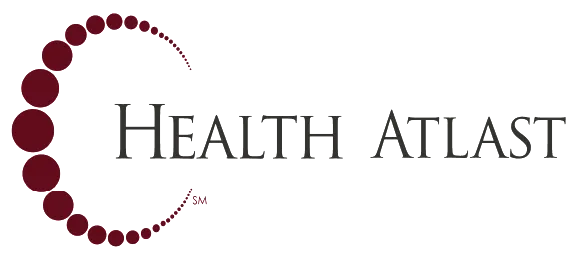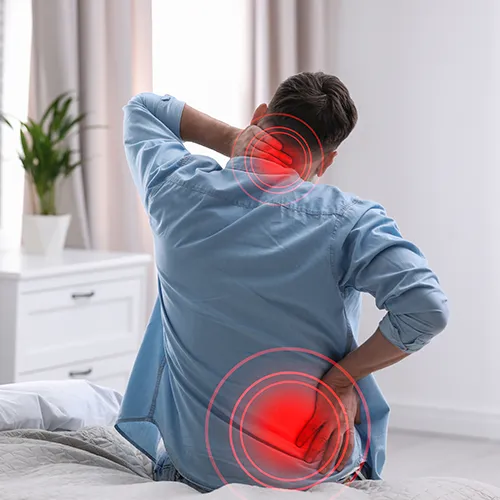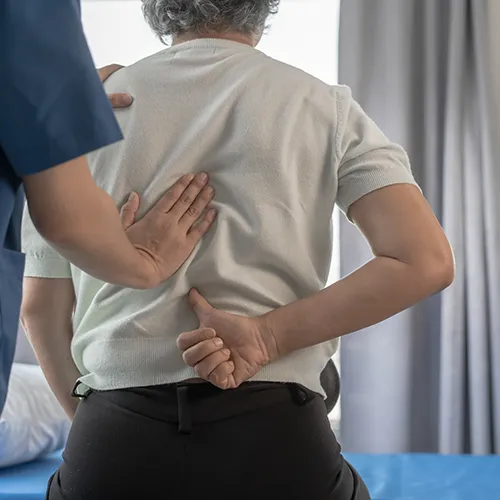Treatments, Chiropractic, Health Atlast Upper West LA
Chiropractic Can Help Manage Sciatica Pain
If you’ve ever experienced sciatica, you know how much it can disrupt your life. The sharp, radiating pain that travels from your lower back down your leg can make simple tasks—like sitting, standing, or walking—feel unbearable. However, there are solutions designed to address the root cause of sciatica, not just mask the symptoms. Let’s explore how chiropractic care can help you find lasting relief and get you back to living pain-free.
Sciatica is a symptom of an underlying issue affecting the sciatic nerve, the largest nerve in the body, running from the lower back through the hips and down each leg. When compressed or irritated, it can cause sharp, shooting pain that radiates from the lower back to the leg, numbness or tingling resembling "pins and needles," and, in severe cases, muscle weakness in the leg or foot.
Common causes of sciatica include herniated discs, where bulging or ruptured spinal discs compress the sciatic nerve, and spinal misalignments, which can create nerve pressure. Piriformis syndrome, caused by tightening or spasms in the piriformis muscle in the buttocks, is another trigger. Spinal stenosis, a narrowing of the spinal canal often related to aging, and injuries or trauma from accidents or sports can also inflame or misalign the spine, leading to sciatica.
Treatment focuses on identifying and addressing the root cause. A comprehensive assessment, including a review of spinal alignment, posture, and medical history, along with diagnostic tools like X-rays, helps pinpoint the problem. Spinal adjustments realign the spine, reducing nerve pressure, alleviating pain, and encouraging natural healing.
For severe cases involving herniated discs or spinal stenosis, spinal decompression therapy gently stretches the spine to reduce nerve compression and facilitate disc healing. Massage therapy addresses tight muscles, such as the piriformis, improving circulation and providing immediate relief.
Targeted exercises help manage sciatica by reducing pressure on the nerve and improving mobility. Stretches like the piriformis stretch ease gluteal tightness, while flexibility exercises, such as the cat-cow pose, alleviate lower back tension. Lifestyle guidance, including ergonomic adjustments, proper lifting techniques, and maintaining a healthy weight, further prevents flare-ups.
Between visits, simple at-home steps can provide relief. Gentle movements or low-impact exercises help reduce inflammation and improve circulation. Ice packs minimize swelling, while heat promotes relaxation and comfort. Stretching daily, with moves like the knee-to-chest stretch, relieves pressure on the sciatic nerve.
By combining professional care with consistent at-home management, sciatica pain can be effectively relieved, restoring mobility and improving overall well-being.
Sciatica doesn’t have to control your life. With the proper care you can find relief, regain mobility, and get back to the activities you love.












